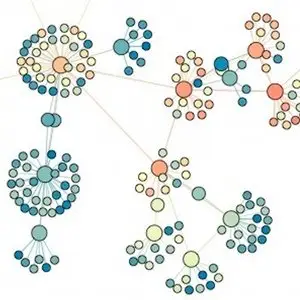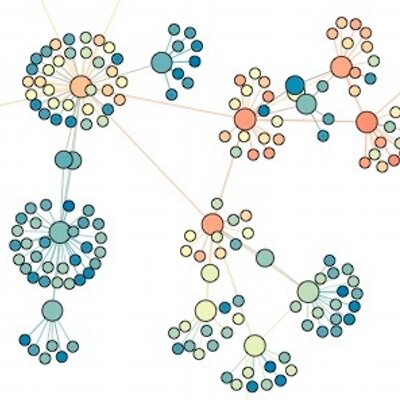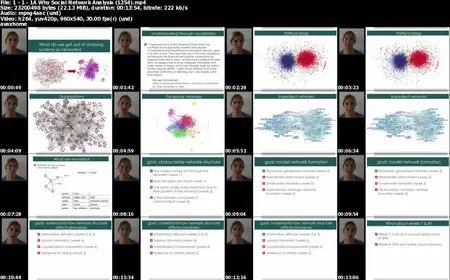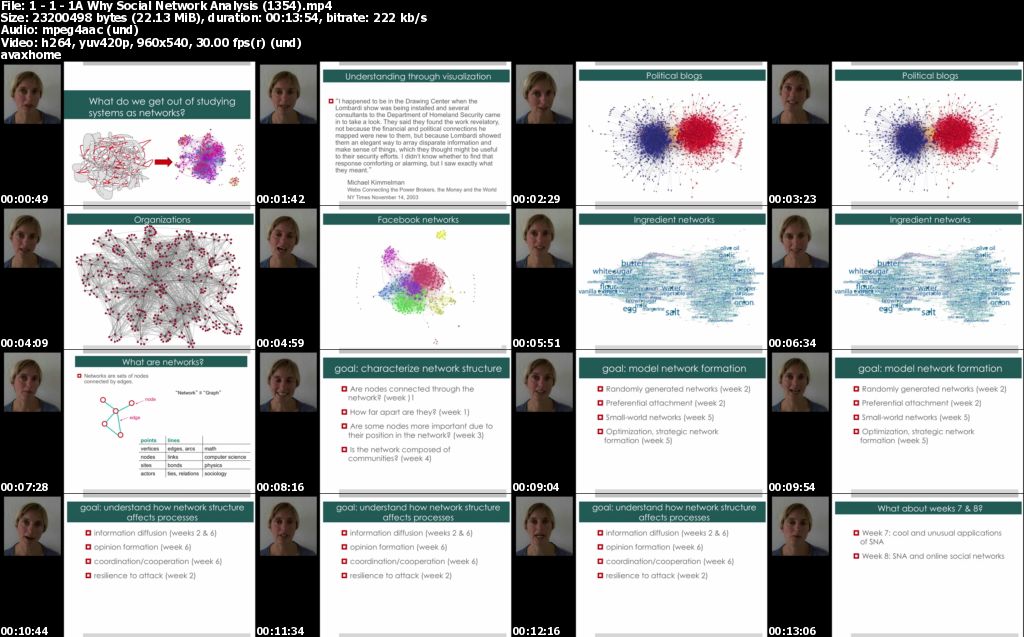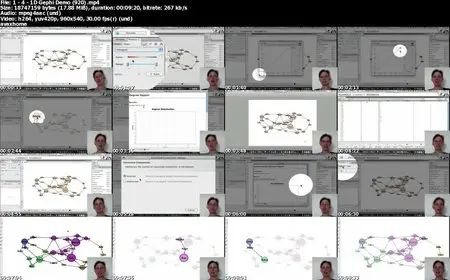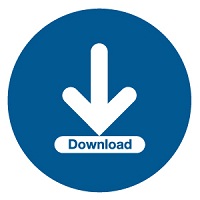Coursera - Social Network Analysis
MP4 | 960 x 540 (1.778) @ 30 fps + PPTX + PDF | Language: English | 861 MB
Genre: Information, Tech & Design / Computer Science: Artificial Intelligence
MP4 | 960 x 540 (1.778) @ 30 fps + PPTX + PDF | Language: English | 861 MB
Genre: Information, Tech & Design / Computer Science: Artificial Intelligence
This course will use social network analysis, both its theory and computational tools, to make sense of the social and information networks that have been fueled and rendered accessible by the internet.
About the Course
Everything is connected: people, information, events and places, all the more so with the advent of online social media. A practical way of making sense of the tangle of connections is to analyze them as networks. In this course you will learn about the structure and evolution of networks, drawing on knowledge from disciplines as diverse as sociology, mathematics, computer science, economics, and physics. Online interactive demonstrations and hands-on analysis of real-world data sets will focus on a range of tasks: from identifying important nodes in the network, to detecting communities, to tracing information diffusion and opinion formation.
Course Syllabus
Week 1: What are networks and what use is it to study them?
Concepts: nodes, edges, adjacency matrix, one and two-mode networks, node degree
Activity: Upload a social network (e.g. your Facebook social network into Gephi and visualize it ).
Week 2: Random network models: Erdos-Renyi and Barabasi-Albert
Concepts: connected components, giant component, average shortest path, diameter, breadth-first search, preferential attachment
Activities: Create random networks, calculate component distribution, average shortest path, evaluate impact of structure on ability of information to diffuse
Week 3: Network centrality
Concepts: betweenness, closeness, eigenvector centrality (+ PageRank), network centralization
Activities: calculate and interpret node centrality for real-world networks (your Facebook graph, the Enron corporate email network, Twitter networks, etc.)
Week 4: Community
Concepts: clustering, community structure, modularity, overlapping communities
Activities: detect and interpret disjoint and overlapping communities in a variety of networks (scientific collaborations, political blogs, cooking ingredients, etc.)
Week 5: Small world network models, optimization, strategic network formation and search
Concepts: small worlds, geographic networks, decentralized search
Activity: Evaluate whether several real-world networks exhibit small world properties, simulate decentralized search on different topologies, evaluate effect of small-world topology on information diffusion.
Week 6: Contagion, opinion formation, coordination and cooperation
Concepts: simple contagion, threshold models, opinion formation
Activity: Evaluate via simulation the impact of network structure on the above processes
Week 7: Cool and unusual applications of SNA
Hidalgo et al. : Predicting economic development using product space networks (which countries produce which products)
Ahn et al., and Teng et al.: Learning about cooking from ingredient and flavor networks
Lusseau et al.: Social networks of dolphins
Activity: hands-on exploration of these networks using concepts learned earlier in the course
Week 8: SNA and online social networks
Concepts: how services such as Facebook, LinkedIn, Twitter, CouchSurfing, etc. are using SNA to understand their users and improve their functionality
Activity: read recent research by and based on these services and learn how SNA concepts were applied
Screenshots (Click to enlarge):


